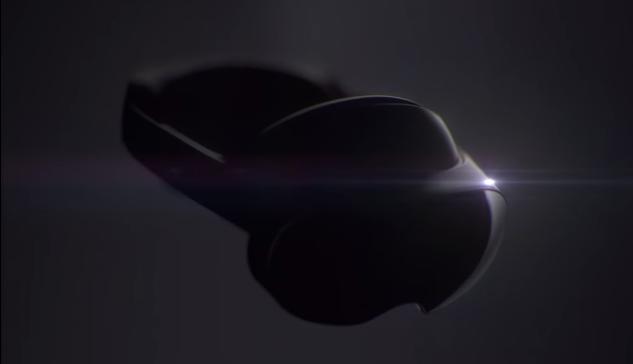Social Media
Zuckerberg Previews Next-Level AR Experience in New ‘Cambria’ Headset Showcase
- By Brett Belau
15 May

As the metaverse hype train has continued to gather steam, many have questioned where augmented reality will fit into Meta’s bigger picture, as the vast majority of examples we’ve seen thus far relate purely to the VR space.
Today, we got a glimpse of just that:
As you can see in this video, Meta CEO Mark Zuckerberg is interacting with a digital creature in the real world via Meta’s Presence Platform, its next-level process which enables developers ‘to build experiences that blend virtual content with the physical world’.
Meta unveiled Presence Platform late last year, which incorporates various elements of spatial understanding to facilitate the creation of virtual worlds that interact with your physical space.
Though as you can see in this example, current Quest headsets don’t enable users to interact in full-color experiences, which is where Meta’s next level Cambria headsets will take this to the next stage.
Meta’s Cambria headsets are scheduled for retail launch later this year, the first of four new VR headset models that Meta’s looking to bring to the market over the next 24 months. The advanced model will include improved external cameras, which will essentially enable them to operate as both a VR and AR device – so like AR glasses, but not quite to the stage where they’re ready to be worn on your face all day long.
That aspect falls to Meta’s ‘Project Aria’, which is focused on everyday usage of AR elements, overlaid on your vision.
Meta’s Ray Ban Stories glasses are the first step in this direction, and the idea is that, eventually, Meta’s VR and AR worlds will merge, via variable devices that can facilitate differing levels of interaction and engagement.
In some ways, it seems like its Ray Ban Stories and related models will be an initial lure to get more people into the VR space. You’ll be able to undertake a range of interactions and processes in your regular AR glasses, but more advanced processes will require a VR headset – and if Meta can make that initial AR experience enticing, that could be a key avenue for increasing VR take-up, and ushering more people into the metaverse space.
Which is why next-level processes like this are so important. Right now, this doesn’t seem like a huge step up from, say, Pokemon Go or other AR experiences, with the capacity to have characters interact with real-world scenes in your view. But there’s a lot more going on here, in regards to depth perception, spatial awareness, its physics engine and more. This example may not look amazing, but eventually, you can expect Meta to come up with some pretty impressive uses of this type of tech.
Remember this classic example from Magic Leap?
Magic Leap itself never got to this stage. But Meta might, with these new developments moving closer to this next stage of digital overlays on the physical world.
It may not seem like a game-changing preview from Zuck and Co, and it may not be at that next stage as yet. But this is where Meta is increasingly headed, and the possibilities within that are virtually endless.
If you’re wondering how we go from where we are now, to the metaverse being a real thing, this is another step on the path towards that next stage.
Source: www.socialmediatoday.com, originally published on 2022-05-12 16:21:07
Connect with B2 Web Studios
Get B2 news, tips and the latest trends on web, mobile and digital marketing
- Appleton/Green Bay (HQ): (920) 358-0305
- Las Vegas, NV (Satellite): (702) 659-7809
- Email Us: [email protected]

© Copyright 2002 – 2022 B2 Web Studios, a division of B2 Computing LLC. All rights reserved. All logos trademarks of their respective owners. Privacy Policy

![How to Successfully Use Social Media: A Small Business Guide for Beginners [Infographic]](https://b2webstudios.com/storage/2023/02/How-to-Successfully-Use-Social-Media-A-Small-Business-Guide-85x70.jpg)



![How to Successfully Use Social Media: A Small Business Guide for Beginners [Infographic]](https://b2webstudios.com/storage/2023/02/How-to-Successfully-Use-Social-Media-A-Small-Business-Guide-300x169.jpg)


Recent Comments